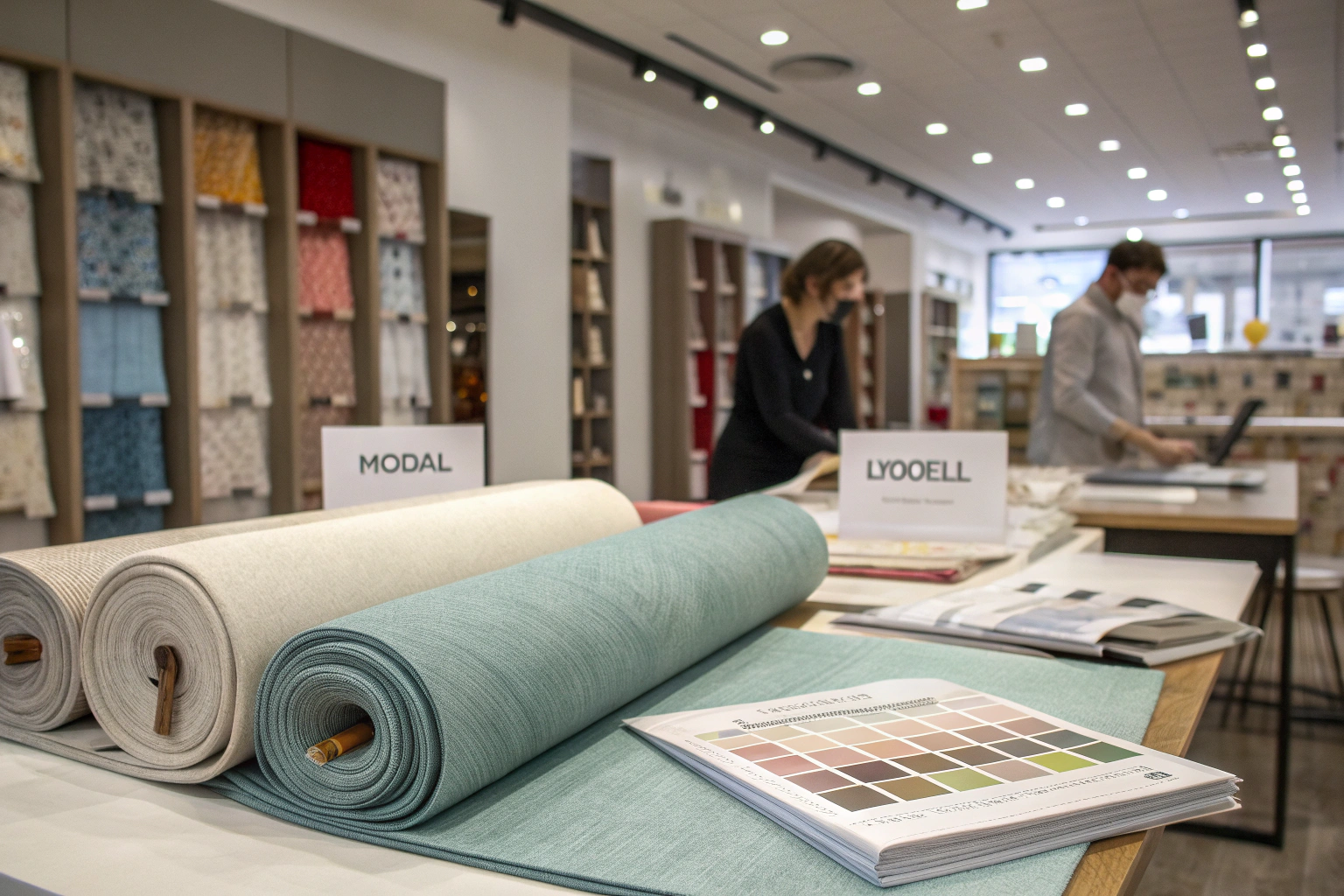As a fabric supplier for over 20 years, I get this question all the time. Brands and designers want sustainable fabrics but often get stuck comparing Modal and Lyocell. Both are popular, eco-friendly fabrics, but they are not the same. Choosing the wrong one can affect your product's feel, performance, and environmental story.
This article will clear up the confusion. We will break down the key differences between Modal and Lyocell (Tencel™) to help you make the best choice for your next fashion or textile project. You will learn about their production, feel, cost, and ideal uses.
Understanding these fabrics is key to creating successful products. Let's dive into the details of these two remarkable materials.
What is the main difference in the source material?
The core difference starts with the trees. Modal is made from beechwood pulp. Lyocell, including Tencel™, is primarily made from eucalyptus wood pulp. This choice of raw material sets them on different paths right from the beginning.
Beech trees grow quickly and need little water. The pulp is broken down using a chemical process. Eucalyptus trees grow even faster. The wood pulp uses a different, more eco-friendly method.
So, which fiber is more environmentally friendly?
Lyocell is often considered greener. The Lyocell process uses a non-toxic solvent that is recycled. This minimizes waste and environmental impact. Modal production has evolved. Many manufacturers now use an eco-process with lower chemical emission levels.
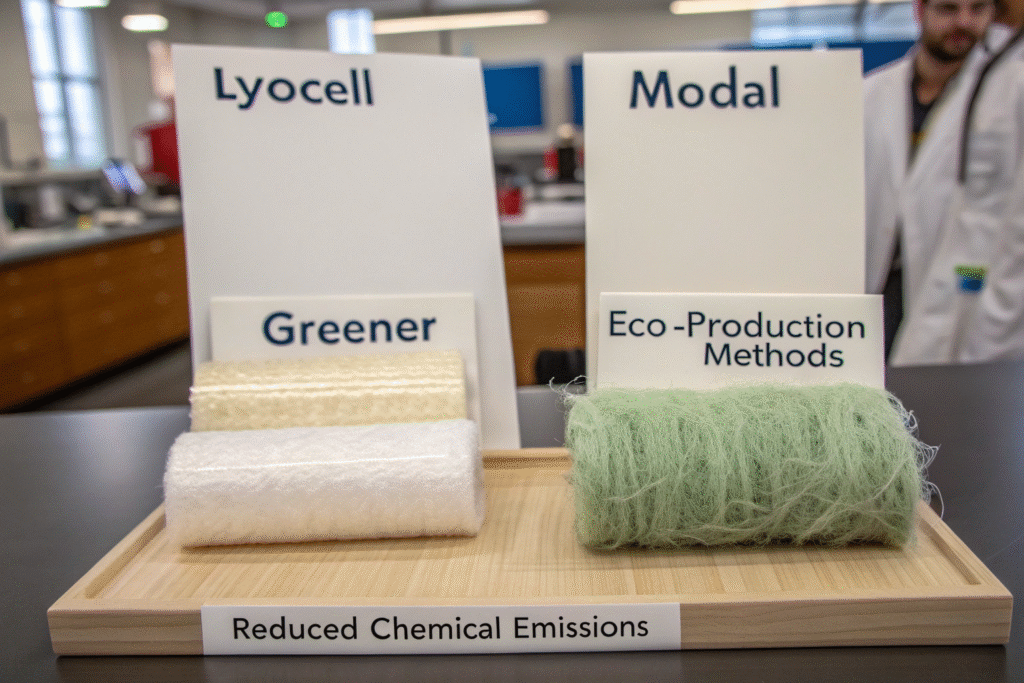
How does the raw material affect fabric strength?
The origin wood impacts the final fabric's performance. Eucalyptus-based Lyocell fibers are longer and stronger. This gives Lyocell a natural advantage in durability. Fabrics made from Lyocell are strong when wet and dry. Modal is soft and flexible but not as strong. Its strength is sufficient for intimate apparel and t-shirts.
What does this mean for moisture-wicking?
Both fibers absorb moisture well. However, Lyocell has a distinct edge. Its fiber structure absorbs moisture more efficiently. This makes it excellent for sportswear. It pulls sweat away from the skin quickly. Learn more about fiber properties from The Textile Institute. This absorbency also makes Lyocell great for natural dyes.
How do their feel and durability compare?
When you touch them, the difference becomes clear. Modal is incredibly soft and silky. It feels luxurious against the skin. Its drape is fluid and graceful. Lyocell is also very soft. It has a smoother, cooler surface. Its drape is excellent but has more substance.
The durability factor is a major differentiator. Lyocell fibers have high tenacity. Lyocell fabric is stronger and more resistant to wear. It holds its shape well over time. Modal is soft but less robust. It can be more prone to pilling.
Which fabric feels more luxurious?
This is subjective. Many equate Modal's softness with luxury. Others find Lyocell's smooth strength more premium. The choice depends on your application.
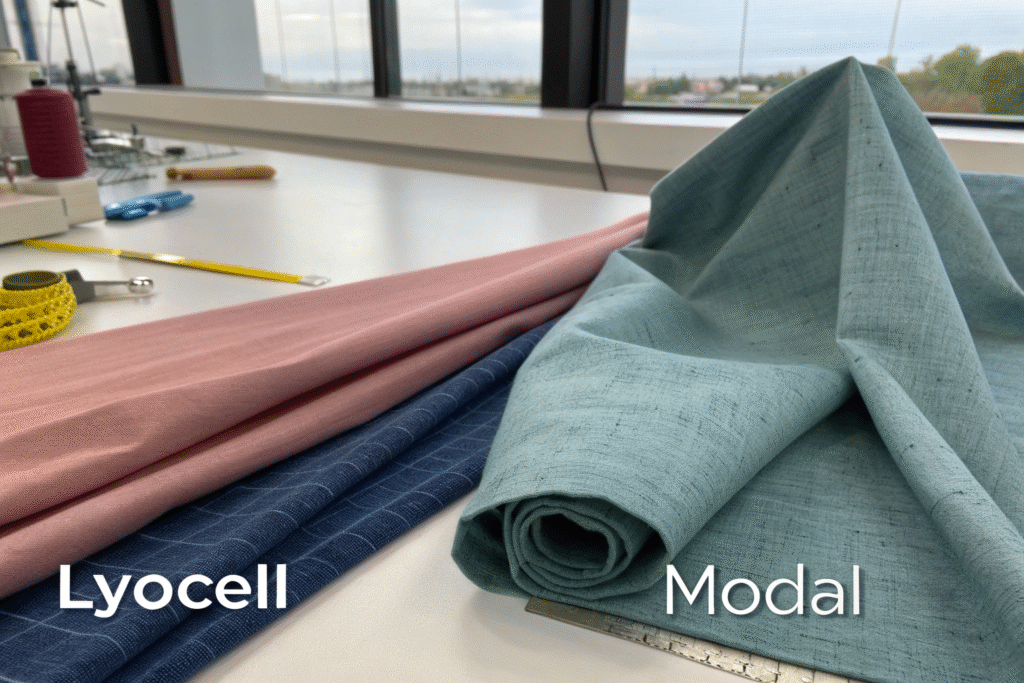
Is Modal or Lyocell better for sensitive skin?
Both are excellent for sensitive skin. They are smooth with no sharp fiber ends. Modal's softness makes it classic for baby clothes. Lyocell's absorbency helps keep skin dry. Its production ensures purity from harsh residues. This is key for Oeko-Tex Standard 100 certification.
Which one is more prone to pilling?
Modal is more prone to pilling. This is due to shorter fiber length and lower strength. In high-friction garments, Modal may develop pills. Lyocell's long fibers resist pilling. This maintains a new look longer. It's favored in technical textiles.
What are the cost and production differences?
From a production standpoint, the processes and costs are distinct. Lyocell is generally more expensive. The closed-loop spinning process is complex. The technology requires significant investment. Modal's process is more established and less costly.
This cost difference affects the final price. Lyocell fabric typically costs more than Modal. This is justified by its superior performance and environmental credentials.
| Feature | Modal | Lyocell (Tencel™) |
|---|---|---|
| Production Cost | Lower | Higher |
| Production Technology | Chemical process | Closed-Loop Process |
| MOQ | Lower | Higher |
| Bulk Lead Time | Shorter | Longer |
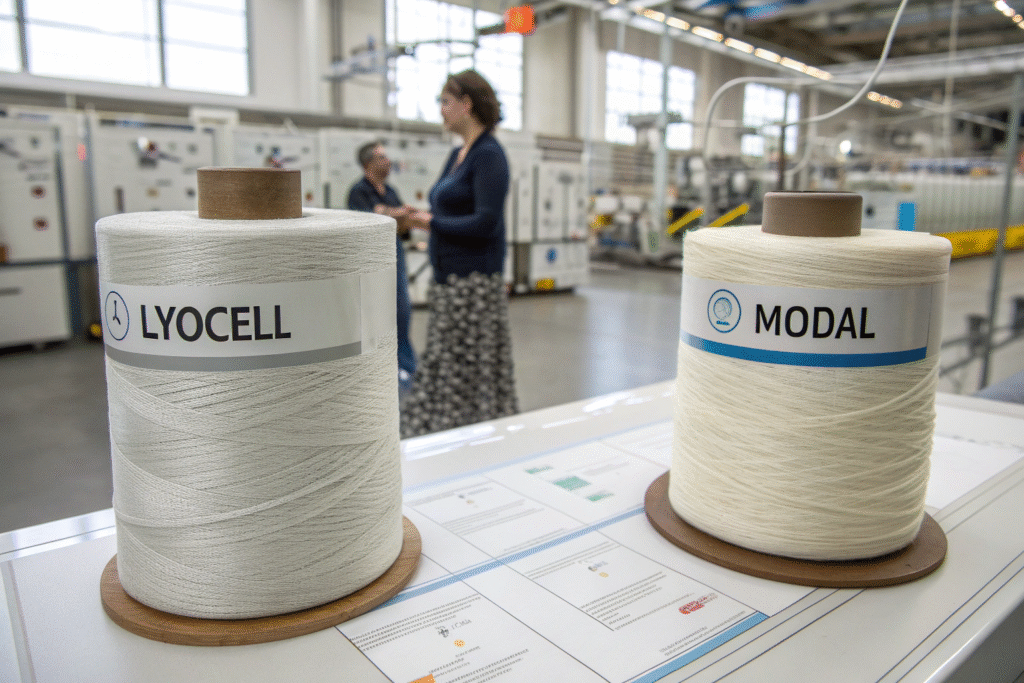
Is there a price difference for bulk orders?
Yes, the price difference remains in bulk orders. Lyocell fiber has a higher base cost. However, our integrated supply chain offers competitive pricing. We can help analyze cost-benefit for your volume.
How does production time compare?
Modal often has faster production speed. The process is streamlined in China's textile hubs. Lyocell production requires more precise control. Yet, we offer 48-hour samples and quick bulk delivery for both.
Which fabric is better for my specific product?
The best fabric depends on what you are making. Match the fabric's properties to your product's needs.
Choose Modal if:
You need supreme softness and luxurious drape. It is perfect for:
- Lingerie and Underwear
- Premium T-shirts and Loungewear
- Bed Linens and Sleepwear
- Blends with Cotton or Spandex
Choose Lyocell (Tencel™) if:
You need eco-credentials with high performance. It is superior for:
- Activewear and Sportswear
- Denim
- Shirts, Dresses, and Tailoring
- Sustainable Fashion Collections
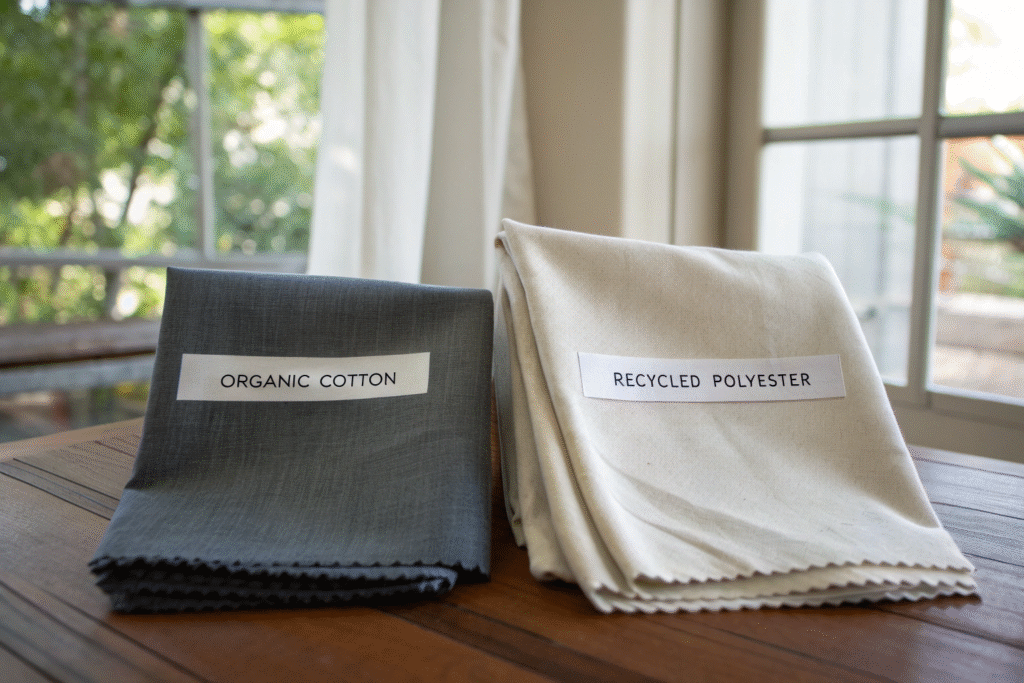
Should I use Modal or Lyocell for activewear?
For activewear, Lyocell is the clear winner. Modal lacks the strength and moisture-wicking for high-performance. Lyocell pulls sweat away rapidly. It withstands repeated washing and movement. Brands use it for sustainable activewear.
Can I blend Modal and Lyocell together?
Absolutely. Blending combines Modal's softness with Lyocell's strength. This creates a durable, soft, and functional fabric. Our R&D team specializes in custom blends. We can develop the perfect recipe for your product.
Conclusion
Choosing between Modal and Lyocell is about finding the right tool. Modal offers unbeatable softness for luxury items. Lyocell provides strength and moisture control for performance goods. Let your product's purpose guide your decision.
We hope this guide gives you clarity. If you need help choosing, let's talk. Our experts can provide samples and advice on the perfect material.
Ready to create your next fabric order? Contact our Business Director, Elaine: elaine@fumaoclothing.com.

